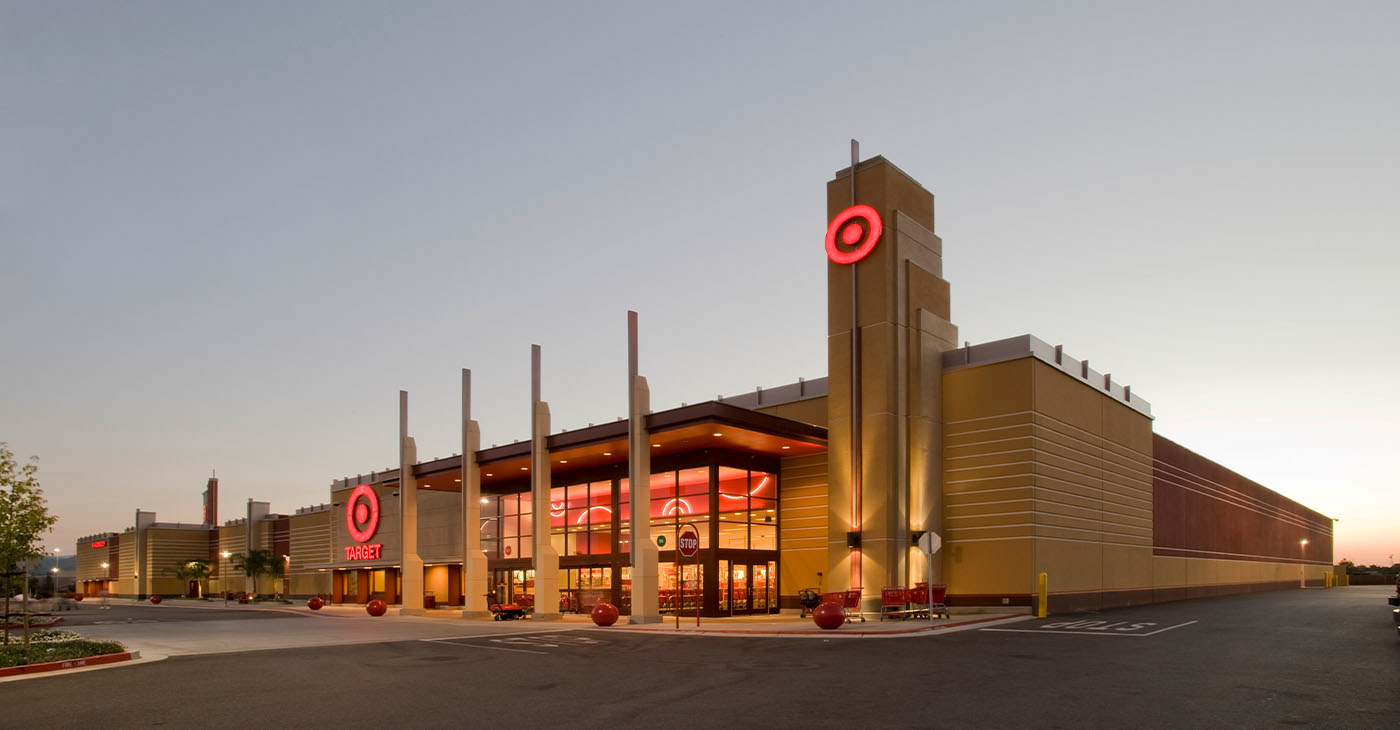Community
Khe Sanh, Part Two
To avoid an international incident, my driver and guide finished their lunch and we resumed our trip. Up to that point, no one had ever said anything negative to me about the American War—the Vietnamese name for the Vietnam War. Ironically, Most want to move on and prosper economically with the aid of the American economy. In fact, one is hard-pressed to find anyone of the war generation willing to discuss the conflict openly without government approval, and those who do request that I not mention their name or reproduce their likeness in print or video. This inebriated individual appeared to be too young to remember anything about the war other than what he gleaned from history books; so, his reaction to my presence was a bit puzzling. I must have had “I’m an American war veteran” stenciled on my forehead.
The fog and mist began settling on the tarmac as we continued to drive obscuring our vision of the school children, some walking, some riding bicycles, all wearing matching uniforms climbing the elevated slope of the mountain. Such a trek to get an education speaks reverently about the precepts found in the Analects of Confucianism which explains the Asian culture’s propensity for higher education. Stunning hues of green, shades of dark, shades of light–everywhere! Beauty that belies centuries of violent invasions from the Chinese, the French, and the Americans.
Khe Sanh! We have arrived at the town monument commemorating the battle by the same name etched in NVA filigree. These hieroglyphic pictograms tell the stories of victorious battles against the Americans. Captured American soldiers with raised hands being marched away at gunpoint is one such illustration adorning the monument. To the victor goes the history and the Vietnamese monuments and museums all tell a story of Victory against the “Imperialist Bourgeoisie.”
We first drive ten to fifteen miles in the opposite direction from the Khe Sanh Firebase over to the Lang Vei Special Forces Camp which was a forward observation post in 1968 that was overrun in the February attacks. This attack facilitated the siege of Khe Sanh eliminating a troublesome obstacle for the NVA. We’re here! We’re here? We’ve passed it? What? Lang Vei Camp has completely vanished after some 45 years. All that’s left is one road with high vegetation on either side and a tank or personnel carrier atop a hill near the entrance. Nothing to see here, so we head back to the war monument and turn left up a foggy road toward Khe Sanh Museum.
After some early missteps and lost revenue, the Vietnamese government has learned to capitalize on American war nostalgia. So, in its best capitalistic practice there is a negligible cover and bathroom charge to enter the grounds and the museum. What one will find in many Vietnam war museums, indoors or outdoors, is a liberal stash of American hardware on display. War equipment from airplanes to helicopters to tanks to munitions that were abandoned, dropped, or captured.
Due to the dearth of people today, and a cool mist coupled with light falling rain, and a vast mountainous terrain, it all offers up an eerie quiet with the exception of a distant echo. Sound carries far here, even a whisper. Alas, interrupting this reflective moment is a lone peddler hobbled with a leg injury carrying a tray of American war artifacts–bullets, dog tags, and medals which he insists I buy. No amount of “No Thank you” can deter his singular purpose. As for my guide and driver, after a few photos, they appear to have abandoned me to my own devices venturing into the museum and then into the taxi, all in an attempt to avoid the elements.
The siege of Khe Sanh is so well documented that I stutter to add anything new. All I can do is walk the area and envisage the scene of exploding ammo dumps, raining (perimeter) B 52 bombs, rockets, mortar fire, and hunkered down Marines. The siege lasted approximately three months and ended in a whimper without the long anticipated NVA ground assault. Historians have concluded the entire siege was a diversionary tactic in order to conceal the North Vietnamese government’s real intention—Tet. The importance of Khe Sanh deals more with President Johnson’s fear of another Dien Bien Phu disaster and his preoccupation, even to the extent of maintaining a mockup model in the White House, with defending it at all costs. This was going to be a last stand battle that America was not going to lose.
After leaving Khe Sanh, I concluded that it was not feasible to head over to Hamburger Hill with the time I had left. I would have to stop in Aluoi and get a special permit and guide from town officials. I suspect the reason for this precaution is the continued danger presented by unexploded ordinance as a result of this tumultuous battle. One would be foolhardy to try and go there alone.
NVA = North Vietnamese Regular Army
For more information visit:
Activism
Oakland Post: Week of April 16 – 22, 2025
The printed Weekly Edition of the Oakland Post: Week of April 16 – 22, 2025

To enlarge your view of this issue, use the slider, magnifying glass icon or full page icon in the lower right corner of the browser window.
#NNPA BlackPress
UPDATE: PepsiCo Meets with Sharpton Over DEI Rollbacks, Future Action Pending
BLACKPRESSUSA NEWSWIRE — The more than hour-long meeting included PepsiCo Chairman Ramon Laguarta and Steven Williams, CEO of PepsiCo North America, and was held within the 21-day window Sharpton had given the company to respond.

By Stacy M. Brown
BlackPressUSA.com Senior National Correspondent
Rev. Al Sharpton met Tuesday morning with PepsiCo leadership at the company’s global headquarters in Purchase, New York, following sharp criticism of the food and beverage giant’s decision to scale back nearly $500 million in diversity, equity, and inclusion (DEI) initiatives. The more than hour-long meeting included PepsiCo Chairman Ramon Laguarta and Steven Williams, CEO of PepsiCo North America, and was held within the 21-day window Sharpton had given the company to respond. Sharpton was joined by members of the National Action Network (NAN), the civil rights organization he founded and leads. “It was a constructive conversation,” Sharpton said after the meeting. “We agreed to follow up meetings within the next few days. After that continued dialogue, NAN Chairman Dr. W. Franklyn Richardson and I, both former members of the company’s African American Advisory Board, will make a final determination and recommendation to the organization on what we will do around PepsiCo moving forward, as we continue to deal with a broader swath of corporations with whom we will either boycott or buy-cott.”
Sharpton initially raised concerns in an April 4 letter to Laguarta, accusing the company of abandoning its equity commitments and threatening a boycott if PepsiCo did not meet within three weeks. PepsiCo announced in February that it would no longer maintain specific goals for minority representation in its management or among its suppliers — a move that drew criticism from civil rights advocates. “You have walked away from equity,” Sharpton wrote at the time, pointing to the dismantling of hiring goals and community partnerships as clear signs that “political pressure has outweighed principle.” PepsiCo did not issue a statement following Tuesday’s meeting. The company joins a growing list of major corporations — including Walmart and Target — that have scaled back internal DEI efforts since President Donald Trump returned to office. Trump has eliminated DEI programs from the federal government and warned public schools to do the same or risk losing federal funding. Sharpton has vowed to hold companies accountable. In January, he led a “buy-cott” at Costco to applaud the retailer’s ongoing DEI efforts and announced that NAN would identify two corporations to boycott within 90 days if they failed to uphold equity commitments. “That is the only viable tool that I see at this time, which is why we’ve rewarded those that stood with us,” Sharpton said.
#NNPA BlackPress
Target Reels from Boycotts, Employee Revolt, and Massive Losses as Activists Plot Next Moves
BLACKPRESSUSA NEWSWIRE — Target is spiraling as consumer boycotts intensify, workers push to unionize, and the company faces mounting financial losses following its rollback of diversity, equity, and inclusion (DEI) initiatives.

By Stacy M. Brown
BlackPressUSA.com Senior National Correspondent
Target is spiraling as consumer boycotts intensify, workers push to unionize, and the company faces mounting financial losses following its rollback of diversity, equity, and inclusion (DEI) initiatives. With foot traffic plummeting, stock prices at a five-year low, and employee discontent boiling over, national civil rights leaders and grassroots organizers are vowing to escalate pressure in the weeks ahead. Led by Georgia pastor Rev. Jamal Bryant, a 40-day “Targetfast” aligned with the Lenten season continues to gain traction. “This is about holding companies accountable for abandoning progress,” Bryant said, as the campaign encourages consumers to shop elsewhere. Groups like the NAACP, the National Newspaper Publishers Association, and The People’s Union USA are amplifying the effort, organizing mass boycotts and strategic buying initiatives to target what they call corporate surrender to bigotry.
Meanwhile, Target’s workforce is in an open revolt. On Reddit, self-identified employees described mass resignations, frustration with meager pay raises, and growing calls to unionize. “We’ve had six people give their two-week notices,” one worker wrote. “A rogue team member gathered us in the back room and started talking about forming a union.” Others echoed the sentiment, with users posting messages like, “We’ve been talking about forming a union at my store too,” and “Good on them for trying to organize—it needs to happen.” Target’s problems aren’t just anecdotal. The numbers reflect a company in crisis. The retail giant has logged 10 straight weeks of falling in-store traffic. In February, foot traffic dropped 9% year-over-year, including a 9.5% plunge on February 28 during the 24-hour “economic blackout” boycott organized by The People’s Union USA. March saw a 6.5% decline compared to the previous year. Operating income fell 21% in the most recent quarter, and the company’s stock (TGT) opened at just $94 on April 14, down from $142 in January before the DEI cuts and subsequent backlash. The economic backlash is growing louder online, too.
“We are still boycotting Target due to them bending to bigotry by eroding their DEI programs,” posted the activist group We Are Somebody on April 14. “Target stock has gone down, and their projections remain flat. DEI was good for business. Do the right thing.” Former congresswoman Nina Turner, a senior fellow at The New School’s Institute on Race, Power and Political Economy, wrote, “Boycotts are effective. Boycotts must have a demand. We will continue to boycott until our demands are met.” More action is on the horizon. Another Target boycott is scheduled for June 3–9, part of a broader campaign targeting corporations that have abandoned DEI initiatives under pressure from right-wing politics and recent executive orders by President Donald Trump. The People’s Union USA, which led the February 28 boycott, has already launched similar weeklong actions against Walmart and announced upcoming boycotts of Amazon (May 6–12), Walmart again (May 20–26), and McDonald’s (June 24–30). The organization’s founder, John Schwarz, said the goal is nothing short of shifting the economic power balance.
“We are going to remind them who has the power,” Schwarz said. “For one day, we turn it off. For one day, we shut it down. For one day, we remind them that this country does not belong to the elite, it belongs to the people.” As for Target, its top executives continue to downplay the damage. During a recent earnings call, Chief Financial Officer Jim Lee described the outlook for 2025 as uncertain, citing the “ripple” effects of tariffs and a wide range of possible outcomes. “We’re going to be focusing on controlling what we can control,” Lee said. But discontent is spreading internally. A Reddit post from a worker claimed, “The HR rep is doing his best to stop the bleeding, but all he did was put a Bluey band-aid on what is essentially a severed limb.”
Several employees criticized the company’s internal rewards system, “Bullseye Bucks,” for offering what amounts to play money. “Can’t pay rent or buy food with Bullseye Bucks,” one wrote. Others urged their colleagues to join unionizing efforts. “Imagine how much Target would lose their mind if they were under a union contract,” one team leader wrote. “It needs to happen at this point.” One former manager said they left the company after an insulting raise. “Quit last year when they gave me a 28-cent raise. Best decision I’ve ever made.” From store floors to boardrooms, the pressure is growing on Target. And as calls for justice, equity, and worker rights get louder, one worker put it plainly: “We’re all screwed—unless we fight back.”
-

 Activism4 weeks ago
Activism4 weeks agoWe Fought on Opposite Sides of the Sheng Thao Recall. Here’s Why We’re Uniting Behind Barbara Lee for Oakland Mayor
-

 Activism4 weeks ago
Activism4 weeks agoOakland’s Most Vulnerable Neighborhoods Are Struggling to Eat and Stay Healthy
-

 Activism4 weeks ago
Activism4 weeks agoFaith Leaders Back Barbara Lee for Mayor, Criticize Candidate Loren Taylor for Dishonest Campaigning
-

 Activism3 weeks ago
Activism3 weeks agoOakland Post Endorses Barbara Lee
-

 #NNPA BlackPress4 weeks ago
#NNPA BlackPress4 weeks agoRecently Approved Budget Plan Favors Wealthy, Slashes Aid to Low-Income Americans
-

 Activism4 weeks ago
Activism4 weeks agoGroup Takes First Steps to Recall District Attorney Diana Becton
-

 Alameda County4 weeks ago
Alameda County4 weeks agoTrump Order Slashes Federal Agencies Supporting Minority Business and Neighborhood Development
-

 Activism4 weeks ago
Activism4 weeks agoOakland Post: Week of March 19 – 25, 2025




















































